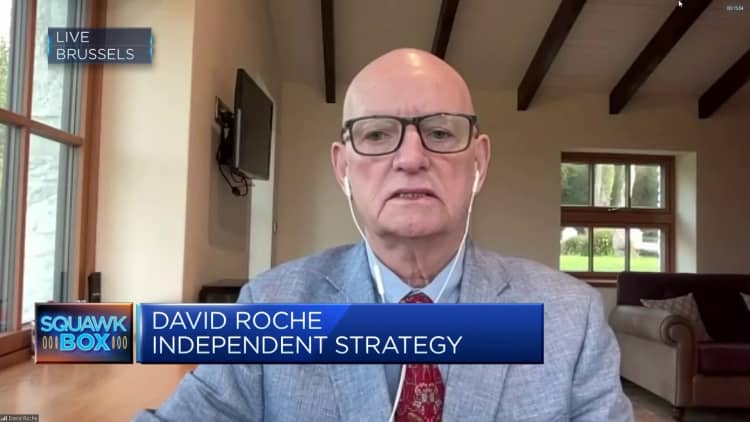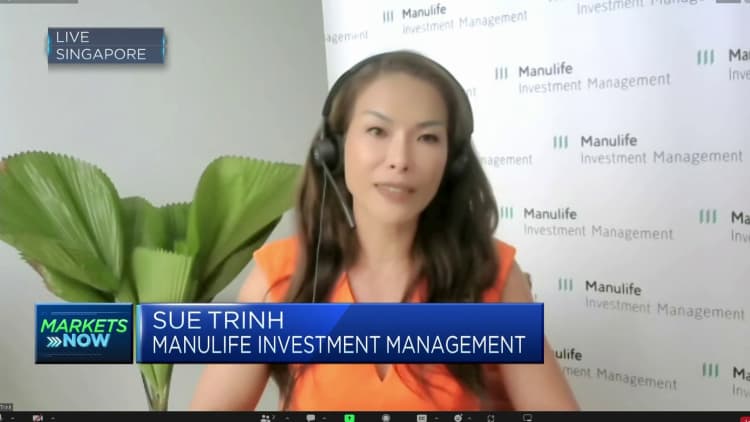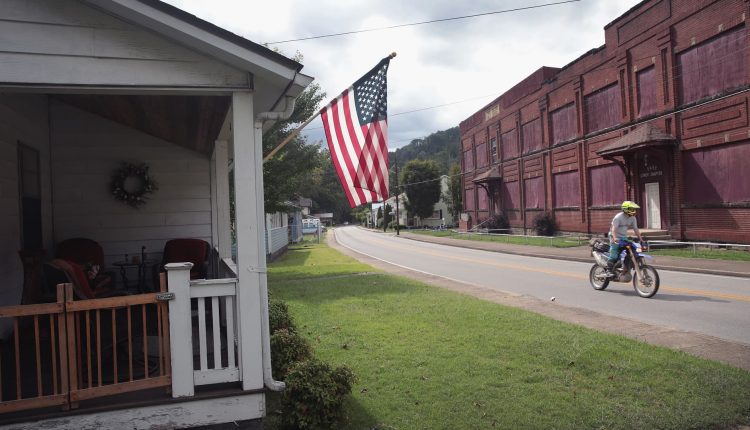A home in Lynch, Kentucky.
Scott Olson | Getty Images
The banking turmoil of March, which saw the collapse of several regional U.S. lenders, will lead to a credit crunch for “small-town America,” according to veteran strategist David Roche.
The collapse of Silicon Valley Bank and two other small U.S. lenders last month triggered contagion fears that led to record outflows of deposits from smaller banks.
Earnings reports last week indicated that billions of dollars of deposit outflows from small and mid-sized lenders, executed amid the panic, were redirected to Wall Street giants — with JPMorgan Chase, Wells Fargo and Citigroup reporting massive inflows.
“I think we’ve learned that the big banks are seen as a safe haven, and the deposits which flow out of the small and regional banks flow into them (big banks), but we’ve got to remember in a lot of key sectors, the smaller banks account for over 50% of lending,” Roche, president of Independent Strategy, told CNBC’s “Squawk Box Europe” on Thursday.
“So I think, on balance, the net result is going to be a further tightening of credit policy, of readiness to lend, and a contraction of credit to the economy, particularly to the real economy — things like services, hospitality, construction and indeed small and medium-sized enterprises — and we’ve got to remember that those sectors, the kind of small America, small-town America, account for 35 or 40% of output.”

The ripple effects of the collapse of Silicon Valley Bank were vast, setting in motion a chain of events that eventually led to the collapse of 167-year-old Swiss institution Credit Suisse, and its rescue by domestic rival UBS.
Central banks in Europe, the U.S. and the U.K. sprang into action to reassure that they would provide liquidity backstops, to prevent a domino effect and calm the markets.
Roche, who correctly predicted the development of the Asian crisis in 1997 and the 2008 global financial crisis, argued that, alongside their efforts to rein in sky-high inflation, central banks are “trying to do two things at once.”
“They’re trying to keep liquidity high, so that the problems of deposit withdrawals and other problems relating to mark-to-market of assets in banks do not cause more crises, more threats of systemic risk,” he said.
“At the same time, they’re trying to tighten monetary policy, so, in a sense, you’ve got a schizophrenic personality of every central bank, which is doing with the right hand one thing and doing with the left hand the other thing.”

He predicted that this eventually results in credit tightening, with fear transmitting to major commercial banks that receive fleeing assets and “don’t want to be caught up in a systemic crisis” and will be more cautious on lending.
Roche does not anticipate a full-scale recession for the U.S. economy, although he is convinced that credit conditions are going to tighten. He recommended investors should take a conservative approach against this backdrop, parking cash in money market funds and taking a “neutral to underweight” position on stocks, which he said were at the “top of the crest” of their latest wave.
“We will probably go down from here, because we will not get rapid cuts in interest rates from central banks,” he said.
He added that 10-year U.S. Treasurys were “reasonably safe” at the moment, as are long position on the Japanese yen and short on the U.S. dollar.
Investors assume long positions by buying assets whose value they expect to increase over time. Short positions are held when investors sell securities they do not own, with the expectation of purchasing them at a later date at a lower price.
Despite commodities not yielding much this year, Roche is sticking to long calls on grains, including soya, corn and wheat.
“Beyond the geopolitical risks which are still there, the supply and demand balances for those products looking out five years is very good,” he said.


